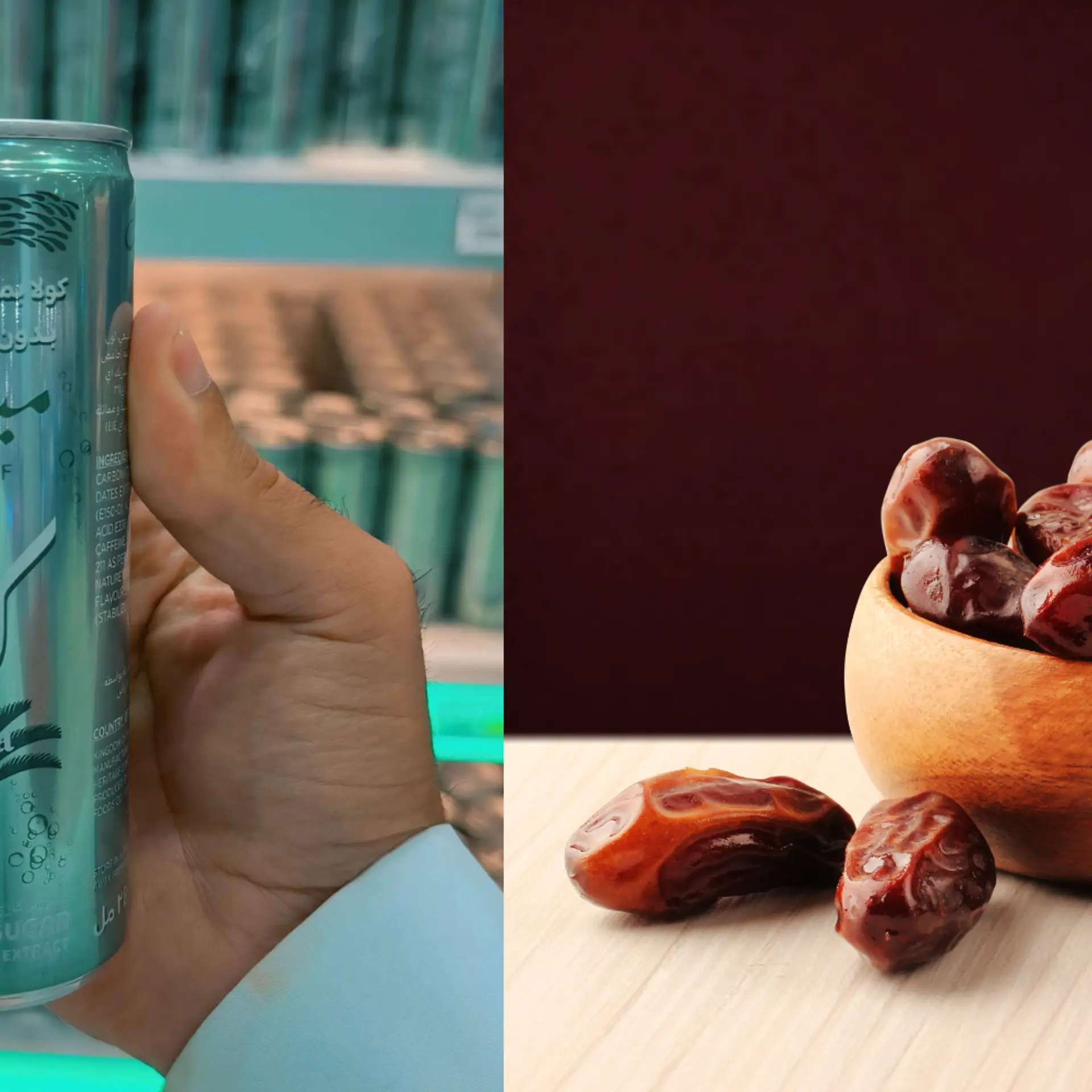Indian Butter Tree paves way for entrepreneurship despite economic slump
Saturday February 14, 2009 , 6 min Read
Shardul Nautiyal
Planting a tree might be fun but when it turns out to be a business venture, it is something worth reading about. More so, as the tree proves to be an alternative source of edible oil or Vanaspati Ghee. The tree known as Phulwara or Chyur in local language is also popularly known as the Indian Butter Tree. Scientifically known as Aisendra buttyracea, the wonder tree produces oil seeds, which are rich in oil content and has the potency of hydrogenated oil or Vanaspati Ghee. Interestingly, it is used as a substitute of ghee in many parts of Nepal, Kumaon and the tribal areas of Chakrauta hills in Uttranchal for the past many centuries. This wonder tree also known as Kalpabriksha locally literally means, 'the tree which fulfills every human need'. It is found at an altitude of 2,000 to 5,000 feet in the sub Himalayan tract covering the Himalayan region, which includes regions like Uttranchal, Sikkim, Bhutan, Nepal and Manipur. The tree can also grow in Andaman and Nicobar islands.
Extensive survey done by the apex planning body on rural and agriculture development, National Bank for Agriculture and Rural Development (NABARD) have opened new vistas of employment and entrepreneurship for the farmers of Uttranchal region. The study done by the apex body states that a farmer having 25 trees may fetch an income ranging from Rs 25, 000 to Rs, 30, 000 annually on a regular basis, besides helping him enjoying other ecological benefits. Therefore, unemployment and underemployment in the rural areas can be overcome to a large extent by plantation of the trees on a large scale.
Official sources from the State Horticulture Department, Uttranchal said, "Collection of seeds through village level cooperatives is an idea which will be implemented through cooperative federations in the near future on the lines of milk cooperatives, which will help boost its production."
On the basis of a thorough on site study done by NABARD in Uttranchal and the adjoining areas, it was found that if the plantation of Indian Butter Tree is done on a large scale, it would certainly raise the edible oil production in the country and hence will be instrumental in reducing India's dependence on importing edible oil of inferior quality from other countries. As of today, our country imports 40 to 50 lakh tonne of edible oil from foreign countries, which has its bearing on our deteriorating economy. Moreover, the existing resources of edible oil have a very limited capacity to satisfy the need of the Indian populace. Despite the fact that the Government of India has been initiating several schemes to tide over the crisis of edible oil scarcity in the country since the 80's but it still has a long way to go to achieve the desired results. Experts therefore feel that the need of the hour therefore is to grow edible oil producing tree like the Indian Butter Tree, which can be grown in limited areas and have the capacity to produce oil seeds for a longer period of time.
The Indian Butter Tree also bears relevance because coconut tree has the limitation of only growing in coastal lands whereas Indian Butter Tree can be grown on large tracts of wastelands across the country. This would be a boon for the rural populace as it would offer them employment and help them generate income. It has been estimated that the plantation of Indian Butter Tree per hectare entails a cost of Rs. 22, 000. This plantation would fetch an income of over Rs 3 Lacs annually for at least 15 years to a farmer. Experts from NABARD have arrived at the conclusion that the plantation of Indian Butter Tree can be done both in wastelands and cultured lands as the tree is big in height and intercropping is possible.
The region of Uttranchal alone has the potential to produce 1000 tonne edible oil from the Indian Butter Tree on an annual basis but the harsh reality is that only 60 quintal production is happening annually.
The potential can also be gauged from the fact that almost 50, 000 Indian Butter trees have been found in the Kumaon region of Uttranchal. It has also been found that out of the 50, 000 trees, seeds and fruits can be gained from the 30, 000 trees. The fruits have a market value of Rs 10 to 15 in the local market and will find greater value and consumption in domestic and foreign markets in the near future. The seed of this tree as an important and valuable source of oil is on par with the edible oil extracted from coconut and palm trees.
Official sources from NABARD informed that the sale price of this ghee is Rs 60 per kg in the local market, which is far less than the hydrogenated oil or Vanaspati ghee generally consumed in the households today. Experts also pinpoint that the other major advantage of this oil is that it has a great nutritive value as compared to other edible oils. One kilogram of seeds contains about 500 gms of oil. The edible oil, which is extracted from the seeds is also used as an ointment for rheumatic pains by the tribals. The wood from this tree is hard and resistant and is therefore preferred for making furniture, which has great export value.
Opportunities galore
Acccording to official sources from NABARD, the apex planning and monitoring body for agriculture and rural development in the country also has plans to install over 40 oil expellers to tap the potential of 30, 000 quintal of seeds on an urgent basis.
The Government of India has come up in a big way and has helped the state governments to initiate the plantation of the Indian Butter Tree on a large scale, prominent among them being in large tracts of lands in Champawat, Nainital, Almora and Pithoragrah in Uttranchal. Solvent Extraction Association based in Mumbai has also come forward in the past few years and is planning to set up a unit to tap the potential of the Indian Butter Tree.
For the past many years, the Central Government has been formulating plans for making the country self sufficient in edible oil sector. Keeping in view, the plantation of Indian Butter Tree on wastelands throughout the Himalayan sub-tropical belt and in Andaman and Nicobar islands, India is poised to gain self sufficiency in the edible oil production.
In response to the growing demand for edible oil in the country, the Horticulture Department, Uttranchal and National Bank for Agriculture and Rural Development has also initiated policies in promoting and diversifying the potential of Indian Butter Tree across the country. According to sources from the Horticulture Department, Uttranchal, a pilot project has been launched by the State Government as a part of its policy decision for the plantation, production and diversification of Indian Butter Tree across three districts Almora, Pithoragarh and Champawat.
Mumbai based Polygon Chemicals Pvt Ltd has also come forward in diversifying the potential of Indian Butter Tree in areas of medicines and cosmetics.






